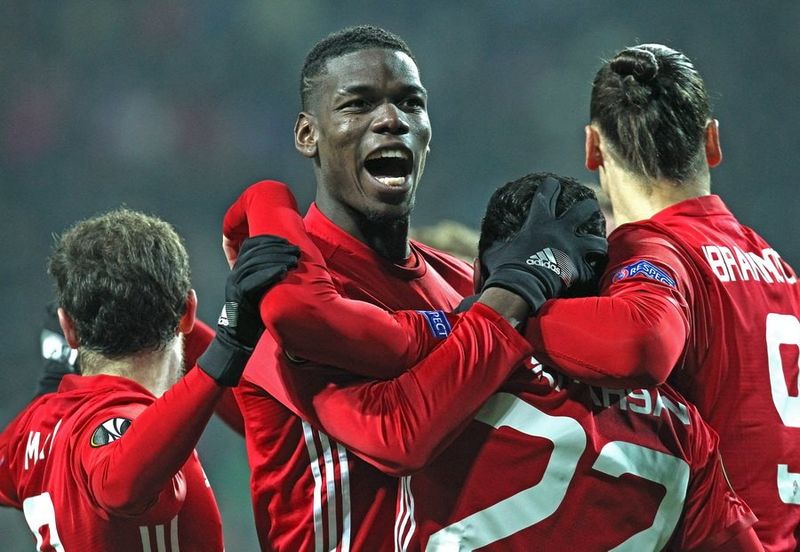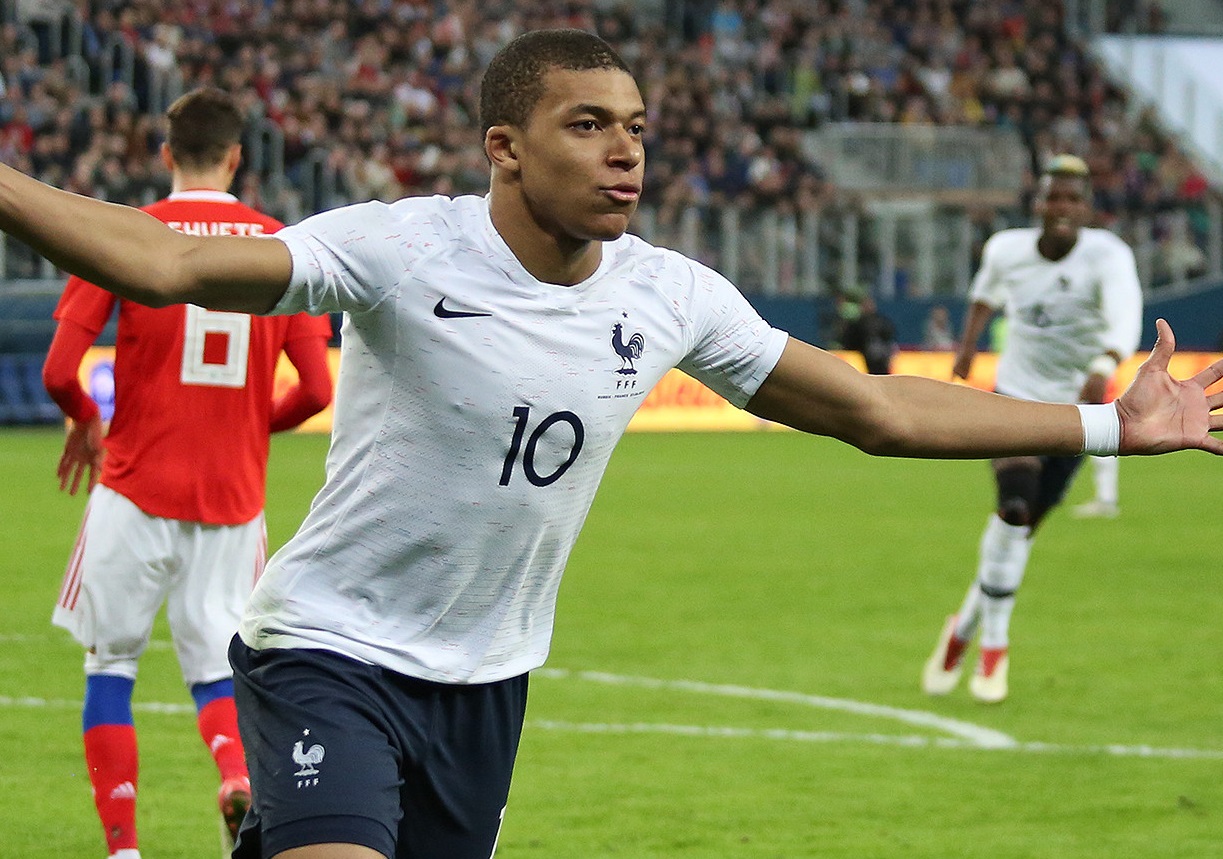Mezz’ala Maestro

A mezz’ala is an Italian ‘half-wing’; usually deployed on either side of a midfield trio, their purview extends to freely supporting attacks and providing creativity while often being afforded some license to wander and act on their instincts. For 4 glorious years in Turin, Paul Pogba was Serie A’s premier exponent of the mezz’ala. Overwhelmingly dynamic, unplayably exuberant and regularly running his own goal of the season competition. The young(er) Pogba was a phenomenon.
Although his effectiveness diminished slightly during his final months with Italy’s Old Lady, the then world record fee of nearly £90m Manchester United paid for him seemed only natural. While the Frenchman has often proved his ability and worth in Manchester since, the exhilarating form Juve fans enjoyed has been seen increasingly infrequently. Frustratingly ineffective again in Jose Mourinho’s side’s 1-0 loss at Newcastle, his ability to adapt to Mourniho’s regimented systems remains doubtful and continues to unbalance a side struggling to meet the most grandiose of expectations.
“No problem,” insisted Mourinho, “I wanted a better way to come out in the first phase against a side that was defending in a very compact block.” For the second time in three games, having been rested for the game with Huddersfield, Paul Pogba was dragged off after an hour with his side struggling. The uncharacteristically lacklustre performance at Wembley in the 2-0 loss to Spurs descended further into disappointment with another anonymous display at St James’ Park. Also complicit in the weak defending that allowed Matt Ritchie to, eventually, win the game for Newcastle, Pogba had failed to challenge Kevin Lejune’s flick on.
Although flirting with a trio of centre backs at times this season, in both games United started with the same 11 in a strict 4231 setup, Pogba employed alongside Nemanja Matic at the base of the midfield in classic Mourinho style. In partnering Matic, Pogba’s responsibilities are unwavering and force him into a disciplined role of aiding the Serbian in protecting the back four and, supposedly, initiating attacks from deep. Although Pogba’s mobility and vision may seemingly lend him to this position, the way in which he, at his best, uses those abilities does not.
In his Sunday morning column before the Newcastle trip, Graeme Souness, perhaps unsurprisingly, bemoaned what he sees as Pogba playing “like a schoolboy, running after the ball in the playground”. Although that may carry an element of truth, Pogba’s irrepressible style and joyful exuberance is what made him such compelling viewing in Serie A and aided his effectiveness rather than hindered it. Putting him in a box and constraining him with rules and responsibilities inhibits his ability to affect the game, although his undoubted talent means he is able to perform the role somewhere close to adequately, it is not what made him great.
Pogba’s best displays at United in recent months have come when he has been allowed more freedom alongside Matic in more straight forward home games, against Stoke for example when he ran the game and provided a pair of assists in a 3-0 win, or the 2-0 away win at Everton where the addition of Ander Herrera in a midfield three allowed him in to slip back into his well worn mezz’ala role, again controlling the game in what is a slightly more advanced role, often forging down the inside left channel as he did for Juventus. The use of three central defenders and the greater security provided also him a little more scope to follow his instincts, leading to better displays.
It’s Mourinho’s rigidity, the way he uses the Frenchman in his go-to 4231 set up, usually for more challenging away games, and his insistence on playing Pogba deep and limiting his natural tendency to express himself that continues to bind United’s number 6. Changing tact, however, would also raise issues. Simply moving Pogba forward into the number 10 role, although preferable, wouldn’t necessarily help in the long term. To drop the Frenchman into the classic attacking midfielder bracket suited to playing off a striker would also misinterpret his abilities, he isn’t the jinking orchestrator that the role needs while Jesse Lingard’s form behind the centre forward, admittedly interpreting the position a little differently too, means that this would do more damage than good.
Pogba’s Les Bleu from also draws parallels to his current United displays. Throughout Euro 2016 Pogba was often criticised for not affecting the game as he might, although perhaps a little harshly, and was again often dragged deeper into midfield alongside Blaise Matuidi or Ngolo Kante, his obligatory defensive duties blunting the flamboyant forward thinking performances that were expected. His L’Equipe ratings perhaps underline his effectiveness, averaging 5.5 across the tournament and never surpassing 6, which is still respectable for the famously harsh markers, but nevertheless he was unable to truly impose himself.
The addition of Alexis Sanchez to a pool of potential wide attackers including Marcus Rashford, Anthony Martial (although both natural strikers in truth) and Lingard means that Mourinho is now even more able to use an outright 433 and return Pogba to the left of a midfield three should he see fit, a move Pogba himself reportedly has been asking for in recent weeks. However this would likely be at the expense of Lingard and would mean moving the England international out wide which, while this his natural position, it is proving not to be his best, or maybe, harshly, dropping him entirely and adding Herrera to the midfield. Pogba needs to be given back the freedom Max Allegri afforded him in Italy, to push into advanced areas and support the front three. Pogba may never become a versatile player but he’s the best in the world in the one position that truly suits him.
Adam White
Image: Football.ua




